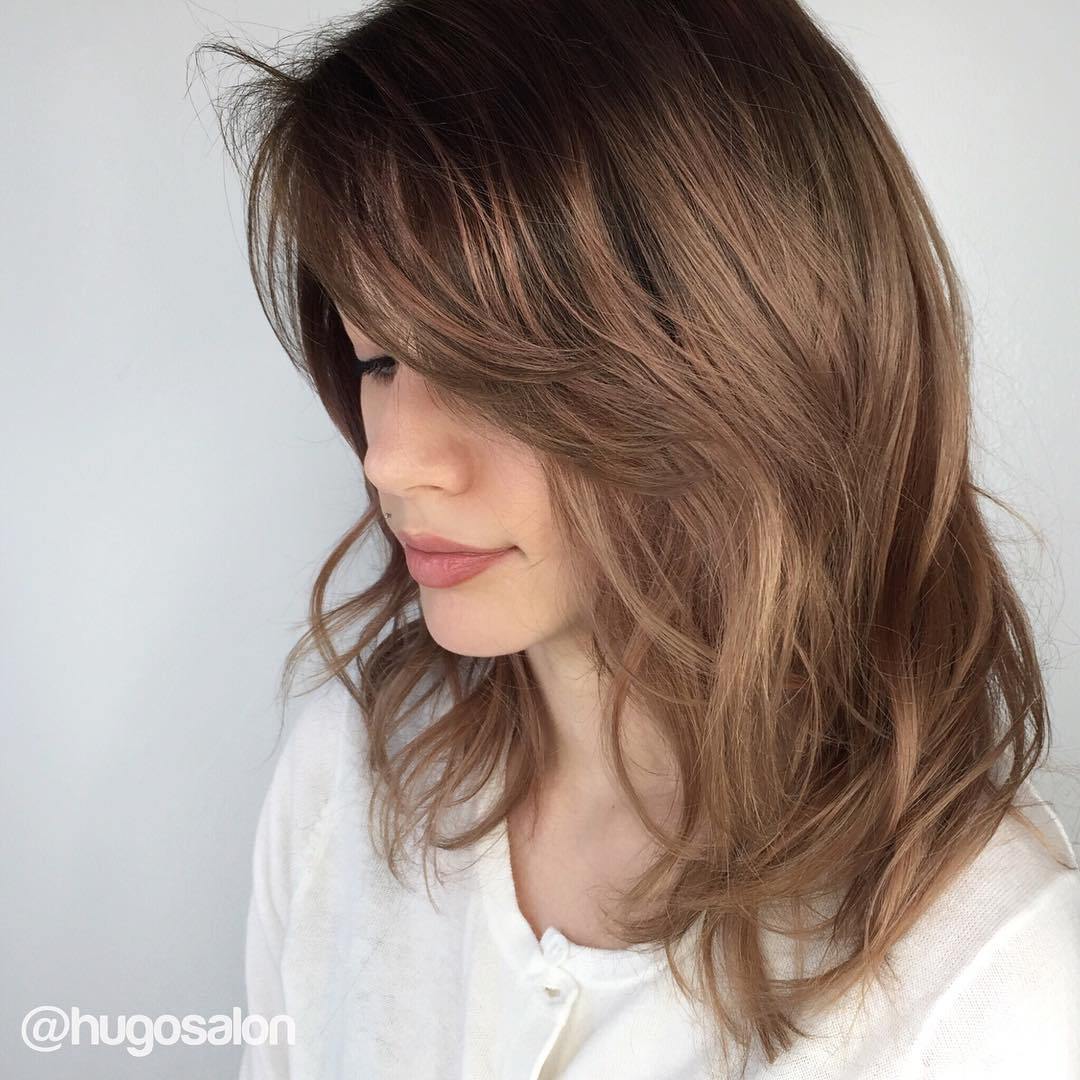Table Of Content
- Setting the record straight on patent infringement and damages
- Critical Differences Between Utility Patents and Design Patents
- What Are the Different Types of Patents?
- The Difference Between Utility and Design Patents
- Design patent application guide
- Surface Shading
- 01 Distinction Between Design and Utility Patents [R-07.2022]

All views on the same sheet should stand in the same direction and, if possible, stand so that they can be read with the sheet held in an upright position. (d) Inconsistencies between application data sheet and other documents. For inconsistencies between information that is supplied by both an application data sheet under this section and other documents.
Setting the record straight on patent infringement and damages
A design patent is not used for protecting mechanical features or processes but can be used for protecting new embodiments of old ideas. For example, if your idea is a new lampshade having a unique shape, you would typically seek a design patent since lampshades are already known and a utility patent would therefore be very difficult to obtain. The strategic outlook toward patent protection merits consideration of market trends within the field of medical device software development.
Critical Differences Between Utility Patents and Design Patents

An experienced patent attorney can also help you develop advanced patent portfolio strategies on how to strategically position your portfolio for licensing and acquisition opportunities. All these valuable benefits save a great deal of time and expense for the design patent applicant. By working with our experienced patent attorneys, you will free up more of your time to devote to scaling your business. Further, we are so confident that we will get your design patent allowed we are willing to offer a money-back guarantee. Venturing into the world of patents without guidance can be a daunting endeavor.
What Are the Different Types of Patents?
The two tech giants battled for seven years across multiple jurisdictions, suits and countersuits before finally settling in 2018, with a final award of $539 million to Apple. As an inventor, the first question you must ask yourself is “what is your point of novelty? ” Is your point of novelty in the functionality of the invention or the non-functional, ornamental design of the invention? Design patents are different than other types of patents in the U.S. such as utility and plant patents in several facets. According to the USPTO, the ornamental appearance of an article consists of its shape or configuration, the surface ornamentation applied to the article, or both. On the other hand, you can also obtain design patent protections prior to implementing your design, but such designs are subject to definiteness and enablement requirements.
The Difference Between Utility and Design Patents
Providing this information in the application data sheet does not substitute for compliance with any requirement of part 3 of this chapter to have an assignment recorded by the Office. This information includes the name, residence, mailing address, and citizenship of each applicant (§ 1.41(b)). The name of each applicant must include the family name, and at least one given name without abbreviation together with any other given name or initial.
However, both design and utility patent applications should generally be filed concurrently if you desire to protect both the aesthetic appearance of an item as well as its structural and functional aspects. Of primary importance in a design patent application is the drawing disclosure, which illustrates the design being claimed. Unlike a utility application, where the "claim" describes the invention in a lengthy written explanation, the claim in a design patent application protects the overall visual appearance of the design, "described" in the drawings. It is essential that the applicant present a set of drawings (or photographs) of the highest quality which conform to the rules and standards which are reproduced in this guide.
Since utility patents claim the function or structure of an invention, the outer appearance of a product is less relevant to the issue of infringement. A competitor may introduce a product with a very different appearance from that of a patented product and still infringe a utility patent. The examiner may reject the claim in the application if the disclosure cannot be understood or is incomplete, or if a reference or combination of references found in the prior art, shows the claimed design to be unpatentable.
These drawings must have solid lines representing the claimed features of the article and, if necessary, use broken lines for any unclaimed parts of the structure within which the claimed features are found. Contrasting utility patents, design patents protect the ornamental design of a functional item, emphasizing its visual appearance and surface ornamentation for broader protection. The protection doesn’t cover the item’s functionality but rather its unique and ornamental appearance. In general terms, a "utility patent" protects the way an article is used and works (35 U.S.C. 101), while a "design patent" protects the way an article looks (35 U.S.C. 171). Both design and utility patents may be obtained on an article if invention resides both in its utility and ornamental appearance.
Why and When Design Patents are Useful - IPWatchdog.com
Why and When Design Patents are Useful.
Posted: Thu, 11 Feb 2021 08:00:00 GMT [source]
Furthermore, it should be noted that utility and design patents are not mutually exclusive and can be used in tandem for comprehensive protection. When your medical device software embodies both innovative functions and a distinctive aesthetic, securing both types of patents can prevent competitors from encroaching on either front. This dual approach can maximize your product's defensibility in the highly competitive medical device field.
The Preamble, if included, should state the name of the applicant, the title of the design, and a brief description of the nature and intended use of the article in which the design is embodied. All information contained in the preamble will be printed on the patent, should the claimed design be deemed patentable. Design patents might cost as much as 90 percent less than utility patents.
In recent years, design patents have soared in popularity because legal rulings have increased their value. This regular person test applies to the full design patent even if only minor differences exist between two products. When deciding its verdict, the court doesn't need the regular person to view the products beside each other. Utility patents and design patents have different term lengths and approval periods. Business attorneys in the marketplace will offer good advice about potential pitfalls. Their advice will help you earn a utility patent instead of a design patent.
Some examples of design patents include ornamental designs on jewelry, automobiles or furniture, as well as packaging, fonts, and computer icons (such as emojis). Some famous design patent objects include the original curvy Coca-Cola bottle (1915) and the Statue of Liberty (1879). A patent’s claim scope defines what part of an invention the patent covers.

No comments:
Post a Comment